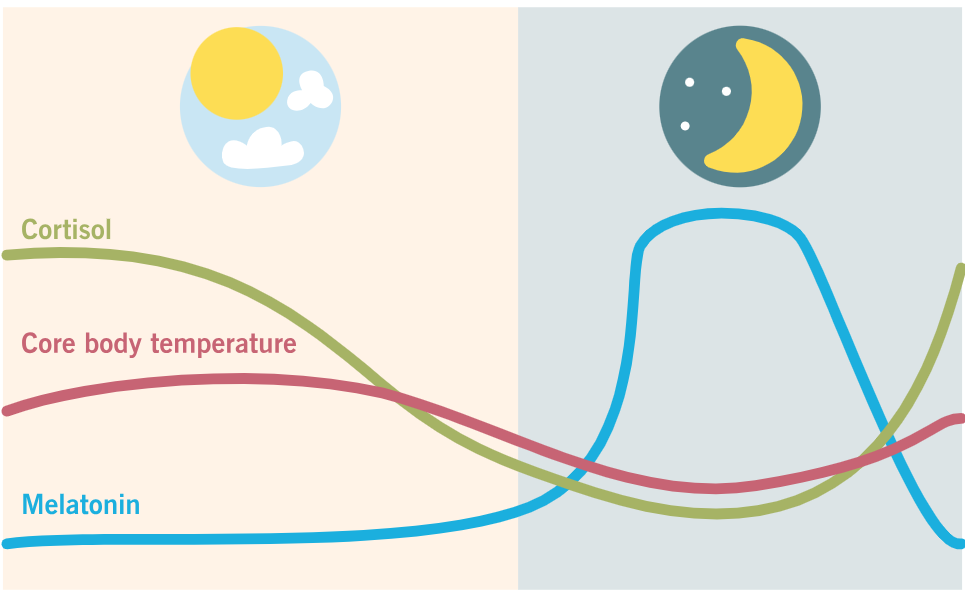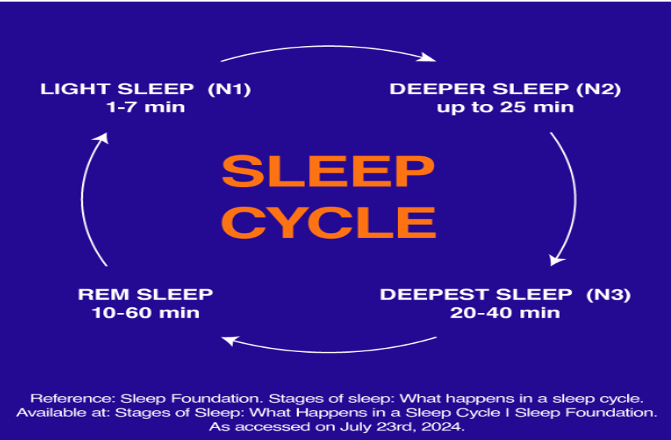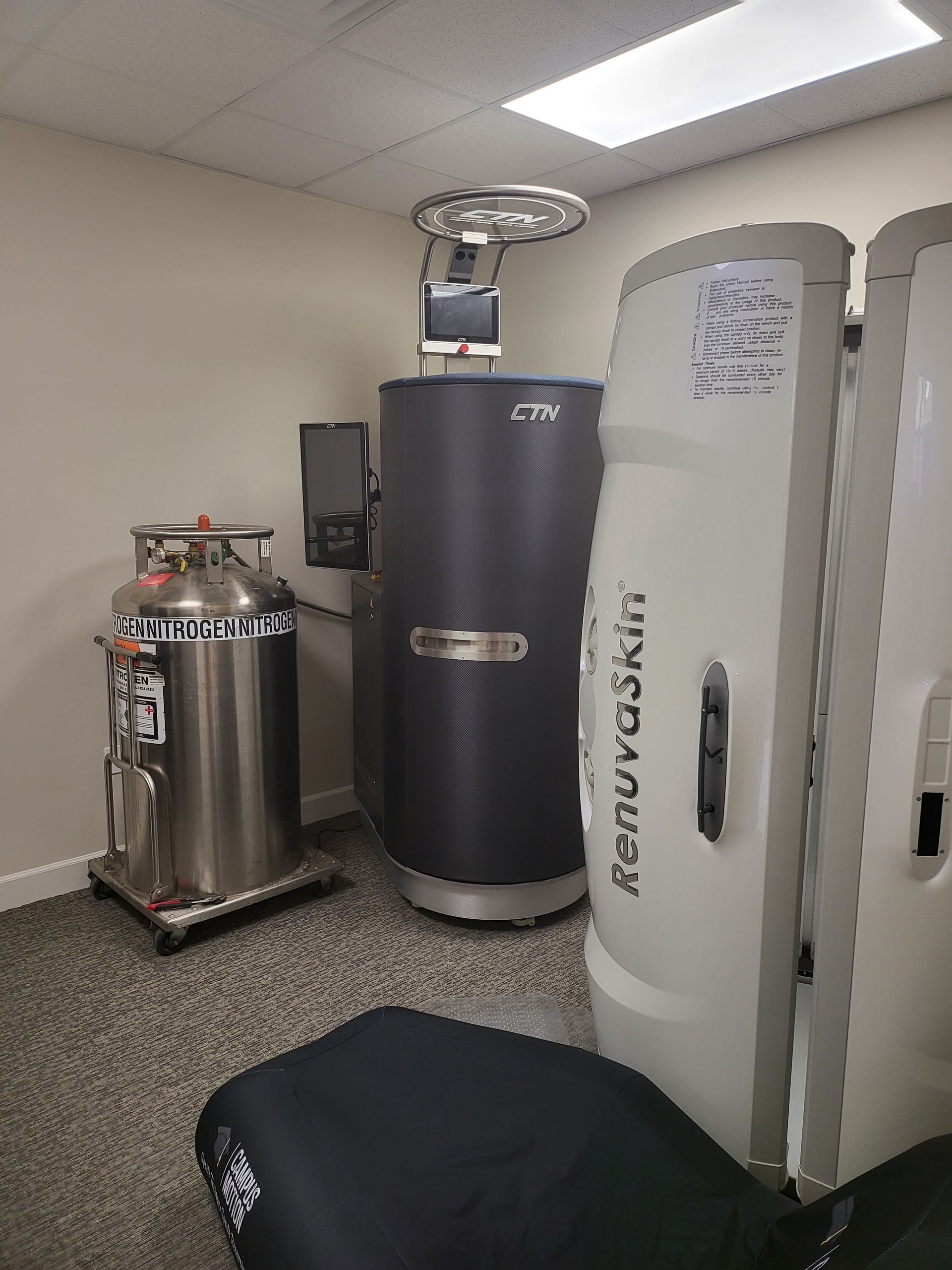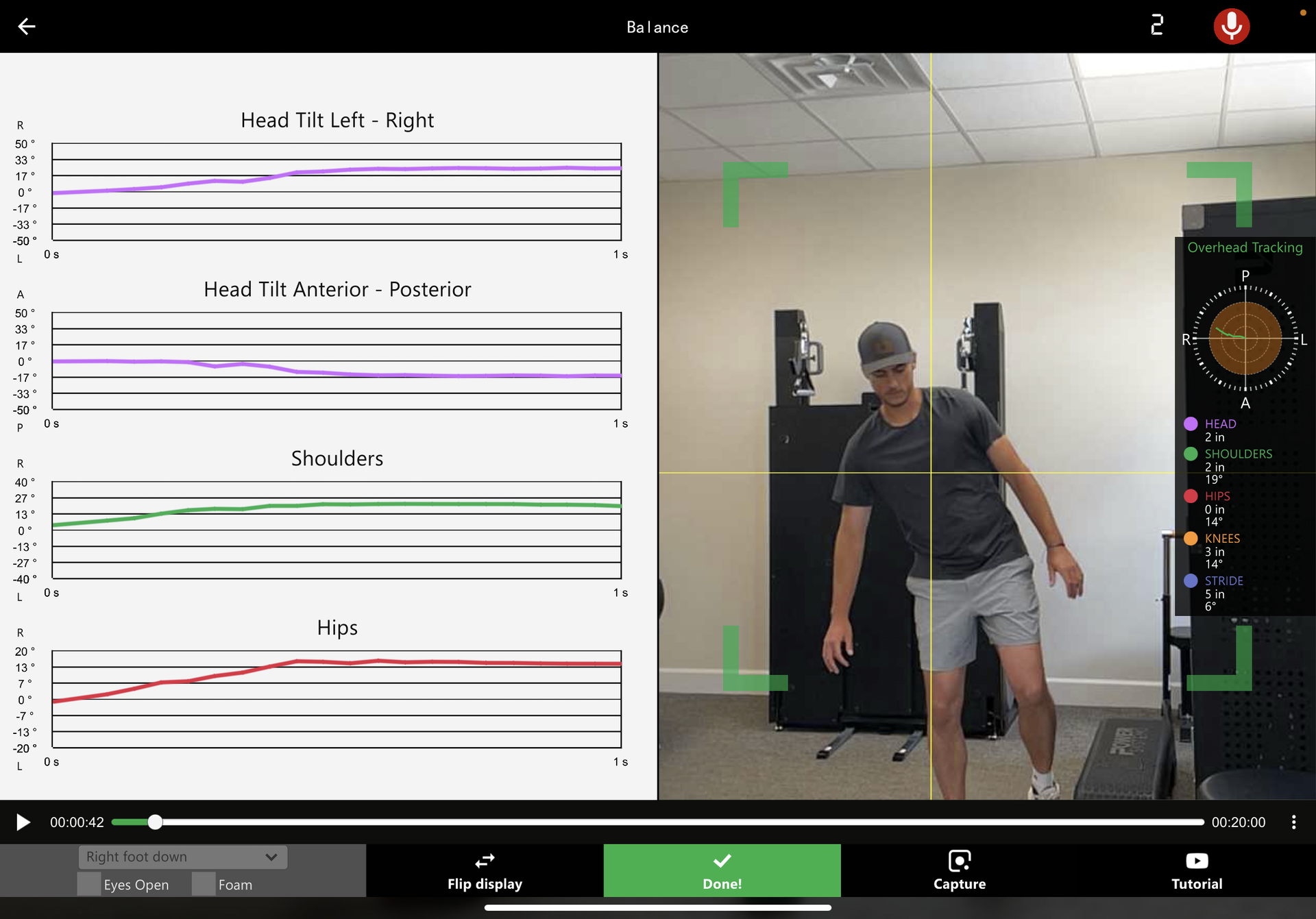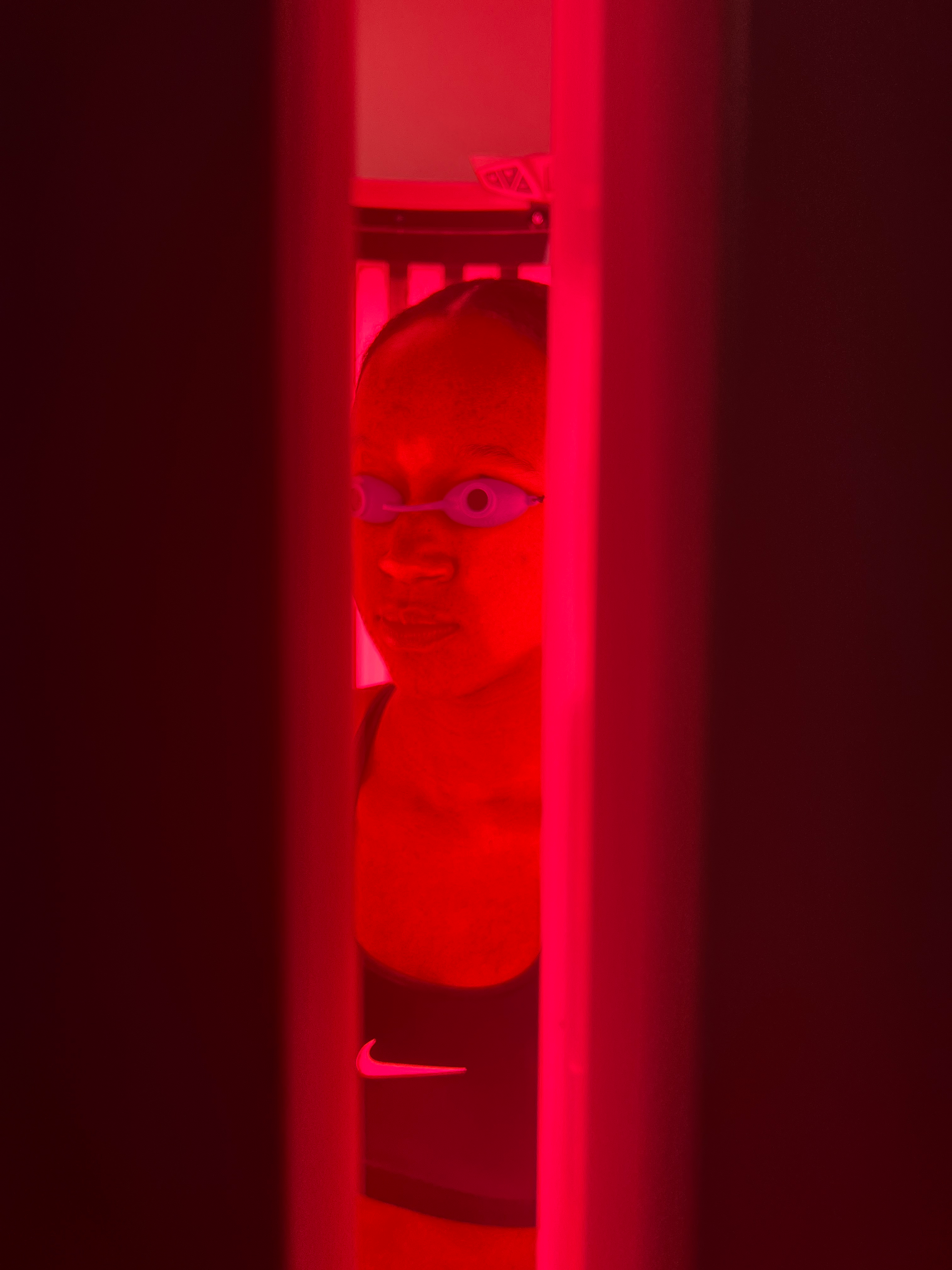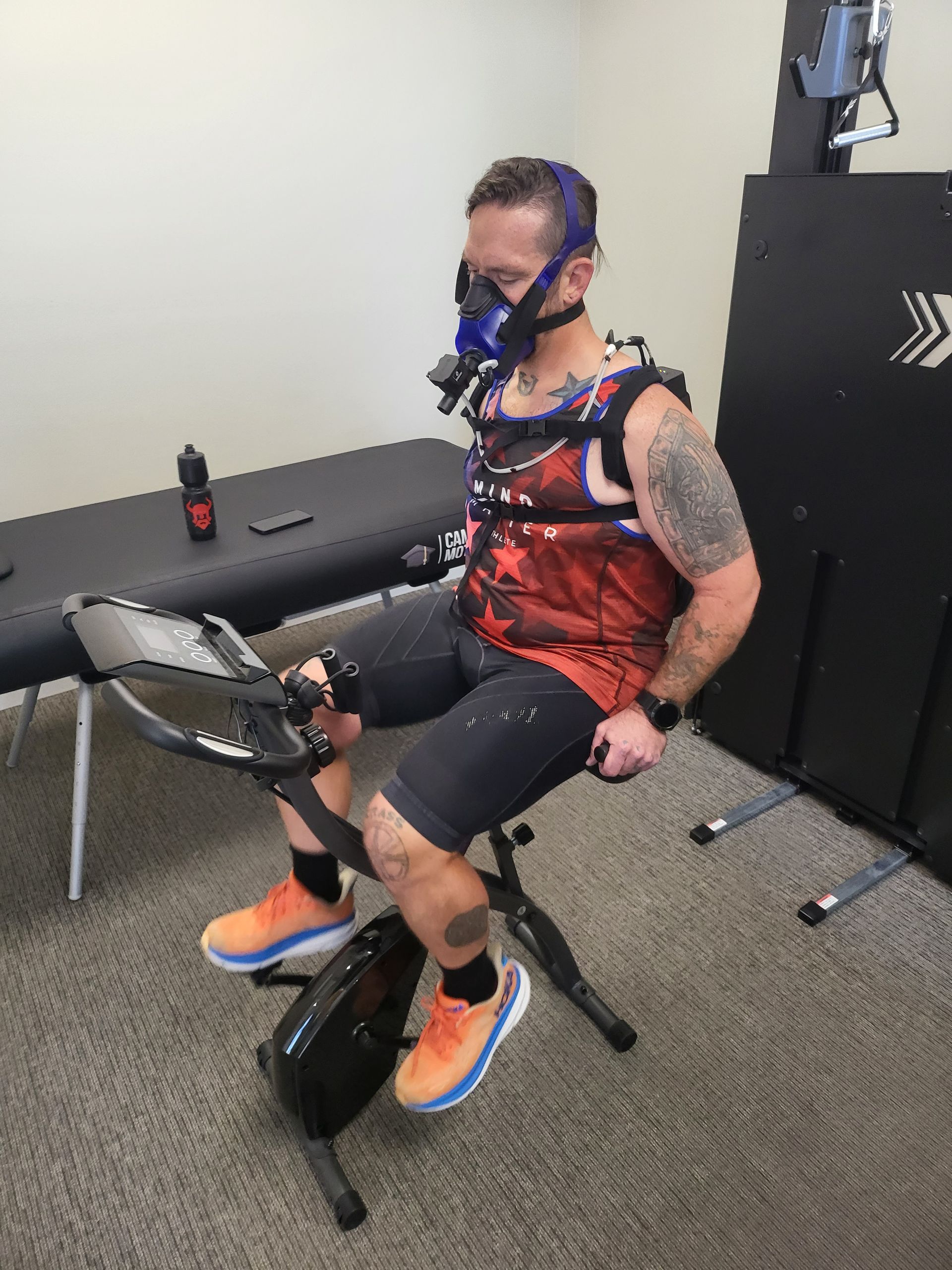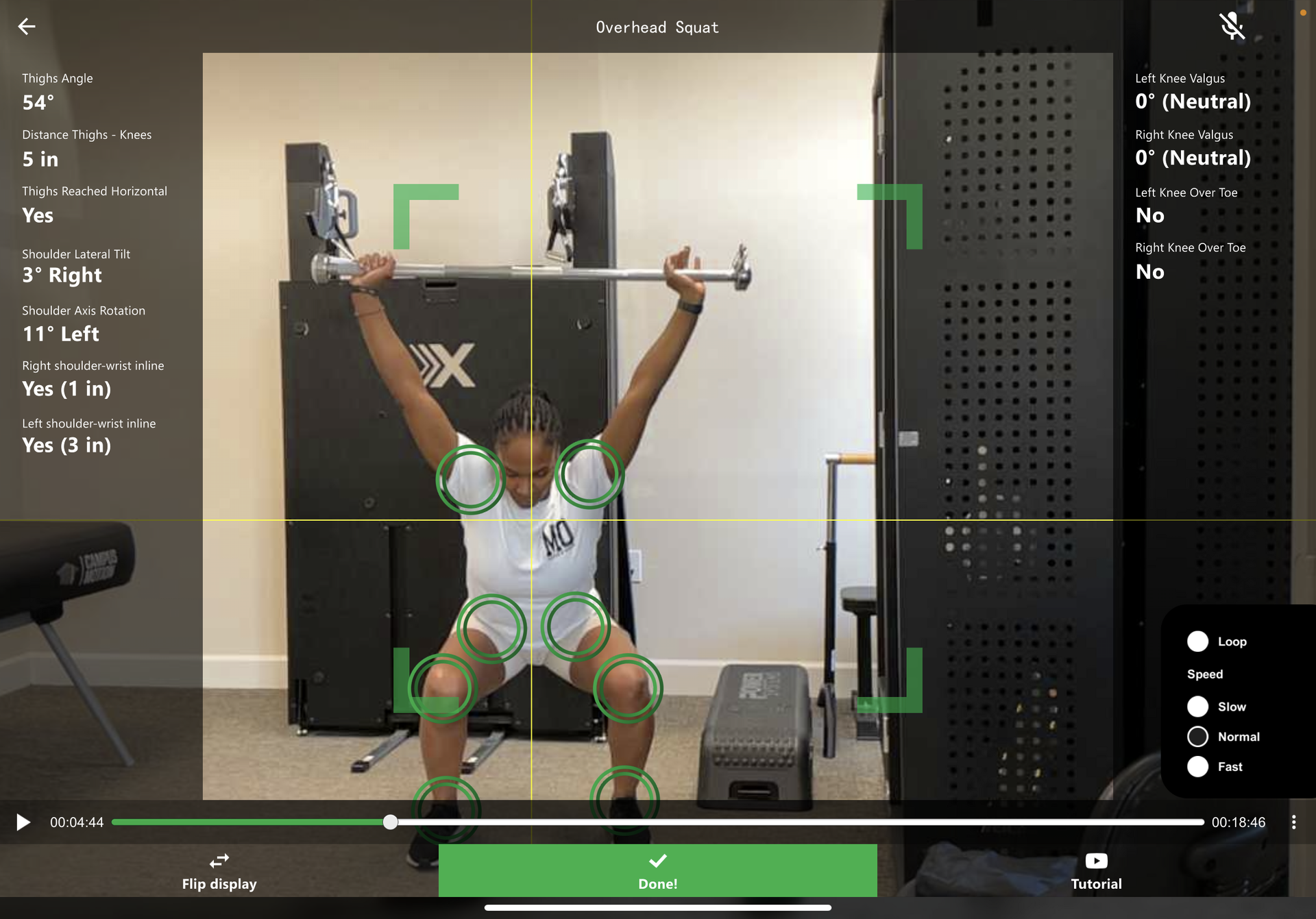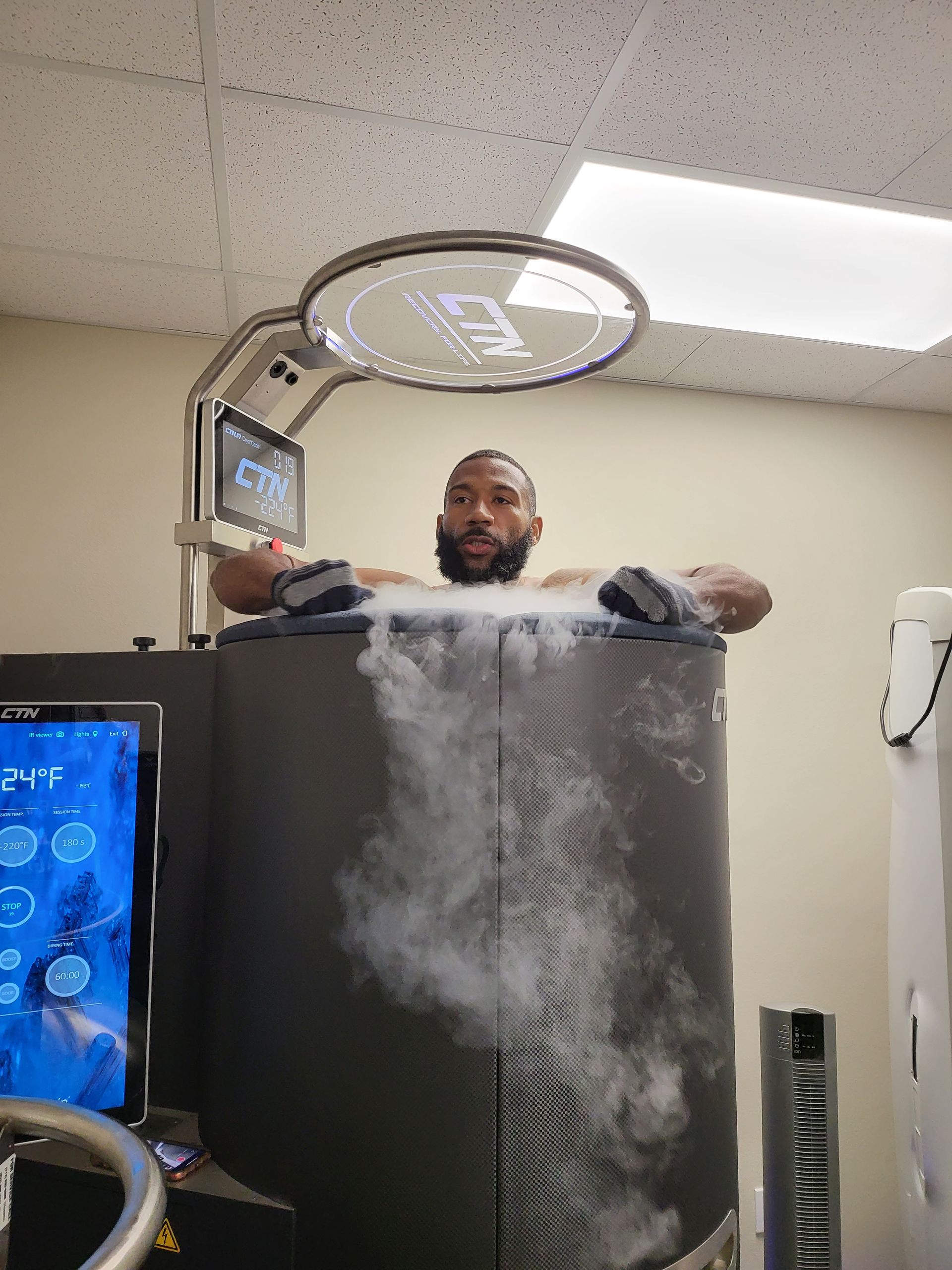7 Benefits of Corrective Exercise After Injury
After sustaining an injury, undergoing corrective exercise treatment can help with pain management and more. Learn the benefits here.
Recent statistics show that at least 50 million Americans suffer from some sort of chronic pain. Accidents, sports injuries, and simple slips and falls can all be detrimental to your life. Corrective exercise uses anatomy, kinesiology, and a targeted approach to help you recover.
Corrective exercise after an injury has several benefits, including improving posture and circulation. Corrective exercises also help to strengthen muscles and your overall well-being as a patient.
Here's more on the seven benefits of corrective exercise after an injury.
1. Improve Posture
Government data shows that Americans spend more than 43 percent of their workday sitting. Many people are hunched over when they sit, which leads to back, neck, and shoulder problems. Injury susceptibility happens when you sit on the phone or stare at a computer screen.
However, it's not just your back and shoulders. Bad posture also affects your hip flexors and glues. Your hamstrings may also become tight.
Corrective exercises for your back will improve your poor posture. Injury exercises include pulling your shoulders back. You should also adjust your chair height and your armrests.
You can also improve your posture with corrective exercises that include proper stretching. Injury exercises may also include some weightlifting to strengthen your core muscles.
Bad posture can affect your workday. It makes you sluggish and less productive. A focused approach to finding the problem spots will help with injury susceptibility and prevention.
Moreover, bad posture can affect urine flow and heartburn. Taking care of these problems early will give you a better lease on life.
2. Better Circulation
What is corrective exercise when it comes to circulation? Corrective exercise will help improve your circulation and blood flow throughout your body. The better your blood flows, the better you will feel!
Your organs will function better when you have better circulation. It will help your ailments, including breathing and mobility. You can even use a foam roller to help get your blood moving better.
Better circulation also keeps your brain sharp and gives your complexion a great color. Good circulation throughout your body also gets rid of toxins and anything unhealthy.
Corrective exercises, such as stretching, can even help you lose weight.
3. Stronger Muscles
Stronger muscles don't necessarily mean looking like a bodybuilder. However, when your muscles become stronger, there's less likelihood of a sports injury. The longer you work your muscles, the stronger they become.
Back pain will become less frequent.
Stronger leg muscles will help you walk better and give you better balance. You'll be 'quicker on your feet and be able to react to sudden situations.
Do you enjoy 'weekend warrior' activities such as competitive races, cycling, or running? Stronger muscles can help you in all of these capacities.
4. Reduce Pain
With millions of Americans living with chronic pain, it's essential to do all you can to reduce inflammation and pain, whether in your back, knees, arms, or joints. Pain affects your daily life and affects your work and social schedule.
Change won't happen overnight, but you can improve your symptoms with corrective exercise. Finding the exact cause of pain and getting you on the right track will significantly benefit your health. You'll become more active and live a longer life.
Chronic pain also comes with medications, which can cause addiction. Imagine telling the doctor you no longer need pain medication because corrective exercise did the trick!
5. Better Endurance
A longer run, bike ride, hike, or swim are all benefits of corrective exercise. With the proper stretching and movement, you'll finish that half-marathon in a better time or hike a longer portion of your favorite trail.
You also won't become winded or tired as quickly. Imagine being able to finish a race or event and not succumb to exhaustion! And since you won't be as tired, you'll avoid a sports injury.
Better endurance also boosts your metabolism. As you work out more, you'll want to eat quality calories. You'll lose weight and feel better.
Moreover, you'll strengthen your heart. Increased blood flow and circulation make it stronger and keep you going.
6. Improved Self-Confidence, Mood, and Energy
What is corrective exercise as it relates to your self-confidence?
It's simple. When you feel better, you have better self-confidence. Feeling better means you will want to accomplish more throughout the day. You will care about dressing better and having a better appearance.
Self-confidence means you'll put some swagger in your step. People will notice during a staff meeting. You will soon catch the attention of those around you!
Better self-confidence in the workplace means you'll be able to influence people and work better in teams. You will exude leadership qualities and rise to the top faster.
People will also notice your mood. Being snippy or short with people will no longer be a primary attribute. No one likes people with negative energy, and soon, this will pass.
Corrective exercise will also boost your energy levels. You won't think twice about hopping on your exercise bike or heading to the gym.
7. Improve Your Overall Well-Being
Additionally, your overall well-being is better once corrective exercise becomes the main staple in your life. As you get used to daily exercise, it will become part of your routine.
Everything is connected. Your well-being affects your relationships, job situation, and personal life.
Making better choices in diet and exercise will happen naturally. You'll be a happier person all around.
Seven Benefits of Corrective Exercise
Seven benefits of corrective exercise include improvements to posture, circulation, and muscles. You'll reduce pain and have better endurance. Moreover, you'll improve your self-confidence, mood, energy, and overall well-being. So many things in your life will benefit from corrective exercise.
But where do you begin? Getting the right help is essential to living a fuller life.
Contact us today and let us help you get started with corrective exercise. Our experts can give you the necessary advice and prescribe a course of action that will make a difference.
